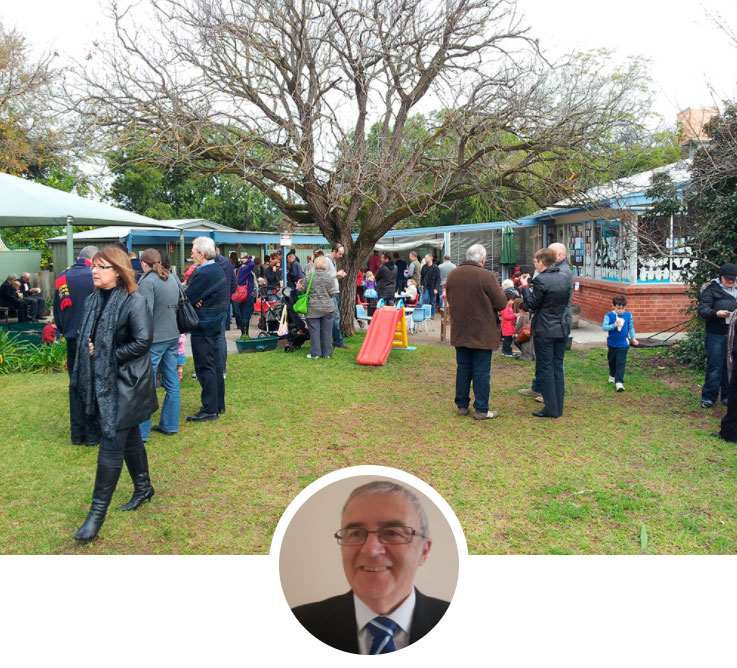One of the biggest issues causing widespread anxiety amongst the residents of Black Forest with the draft DPA2 Council has sought feedback on is with the Residential Regeneration Zones.
The selection criteria used to determine which streets are included and which are not is what is causing the confusion and the anxiety, if not simple outrage at being picked on the save others.
Council has indicated that they used the following criteria to determine which streets should be included in the Residential Regeneration Zone:
v development that is nearing the end of its economic life or is under-utilised
v non-character areas
v areas where medium density development already exists
v areas close to centres, public transport and open space
Here is the problem, there are a number of streets such as Dryden Avenue where the only thing that qualifies it is being near public transport. Indeed it is a street that compares better than most as far as NOT being near the end of it’s useful life or under utlisied. It compares better than mist for being character. It is all single storey and spacious.
When a street such as this gets included, something that is patently flawed, it brings into question the entire plan. There are other streets in Black Forest where this repeats itself.
Indeed the east end of Aroha Terrace is included in the Regeneration Zone (the middle being left out). This short length of road has two locally listed heritage buildings. One has to ask what happens to their protection in the event that either side of them and behind they can potentially be dwarfed.
As your representative it is my take that the regeneration zones, if any are to be included in Black Forest, should be limited to the current property that is in institutional hands.
The same may well apply with our eastern neighbours and I will get a better handle on what applies over their during the public forum.

Comments